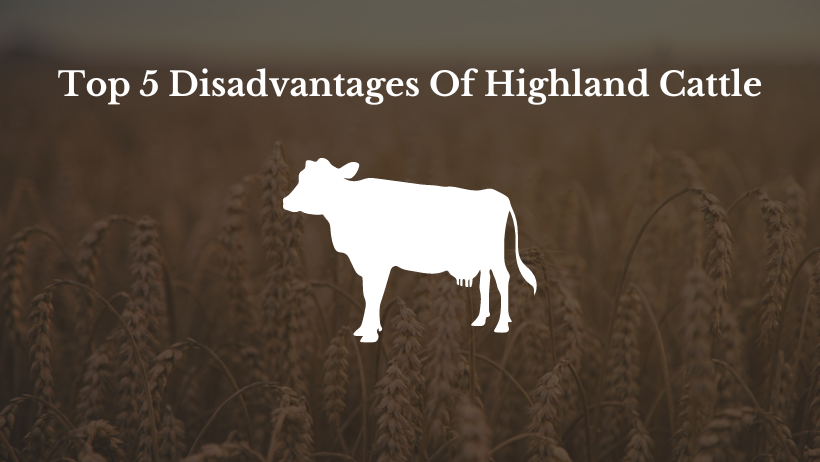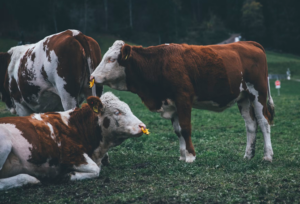Top 5 Disadvantages Of Highland Cattle

Introduction: The Highland Cattle – Weighing the Cons Against the Pros
The majestic Highland cattle, with their long horns and flowing double coats, are often the subject of admiration, frequently gracing scenic photographs of the Scottish Highlands. Hailing from the rugged terrains of Scotland, these ancient cattle breeds are known for their adaptability and resilience. Renowned for their ability to thrive in harsh weather conditions where other breeds might falter, Highland cattle have made a mark not just in their homeland, but also in many parts of the world where cattle farming is practiced. Their distinctive appearance and hardy nature have earned them a place of affection among farmers and breeders. Complete information about the Disadvantages Of Highland Cattle.
Also Read:- Courage the Cowardly Dog
Yet, like every breed, the Highland cattle come with their own set of challenges. While their unique characteristics offer several advantages, there are also specific disadvantages that potential breeders should be aware of. When considering livestock for farming, it’s essential to have a holistic understanding, weighing both the pros and cons. This ensures that the chosen breed aligns well with the farm’s objectives, environmental conditions, and the farmer’s capabilities.
The Highland cattle’s long history, dating back to the 6th century, speaks volumes about their resilience. But as modern farming practices evolve, and as the demands of the cattle industry shift, it’s crucial to reevaluate the fit of traditional breeds in contemporary settings. The very traits that make the Highland cattle endearing and suitable for rugged terrains can sometimes pose challenges in other contexts.
In this discussion, we’ll delve into the top five disadvantages of Highland cattle. These points are not meant to overshadow the breed’s strengths but to provide a balanced perspective for those considering them for farming or breeding purposes.
Top 5 Disadvantages of Highland Cattle:
- Slow Growth Rate and Maturation:
- Compared to commercial breeds, Highland cattle have a slower growth rate. This means they take longer to reach market weight. For meat producers, this can translate to higher rearing costs over a prolonged period. Additionally, Highland cattle have a later maturation rate, which can impact the frequency and timing of breeding cycles.
- Lower Meat Yield:
- While the meat of Highland cattle is often praised for its flavor and leanness, the overall yield is typically lower than that of specialized meat breeds. Their robust skeletal structure and long hair can be deceiving, and the actual meat yield might be less than what one might anticipate from their size.
- Grooming and Maintenance:
- The long, double coat of the Highland cattle, though a boon in cold climates, requires additional care. They are prone to issues like matting and accumulation of external parasites like ticks. Regular grooming, which can be a challenge given their long horns, becomes essential, especially if they are kept in wetter climates.
- Fencing and Handling Concerns:
- The impressive horns of the Highland cattle, while a distinctive feature, pose their own set of challenges. Fencing needs to be robust and appropriately spaced to prevent the cattle from getting stuck. Additionally, handling and transporting them require extra caution to prevent injuries to other animals or handlers.
- Limited Market Recognition:
- While there’s a niche market that appreciates Highland beef for its taste and low-fat content, the broader market might not recognize or prefer it over other commercial breeds. This can pose challenges in terms of marketing and fetching premium prices.
In conclusion, the Highland cattle, with their rich history and distinctive appearance, are undoubtedly a breed of great interest and value. Their ability to thrive in challenging terrains and their resistance to diseases are commendable. However, potential breeders and farmers need to assess the challenges associated with rearing this breed. The key lies in aligning one’s farming objectives with the breed’s characteristics, ensuring a harmonious and profitable relationship between the cattle and their caregivers.










